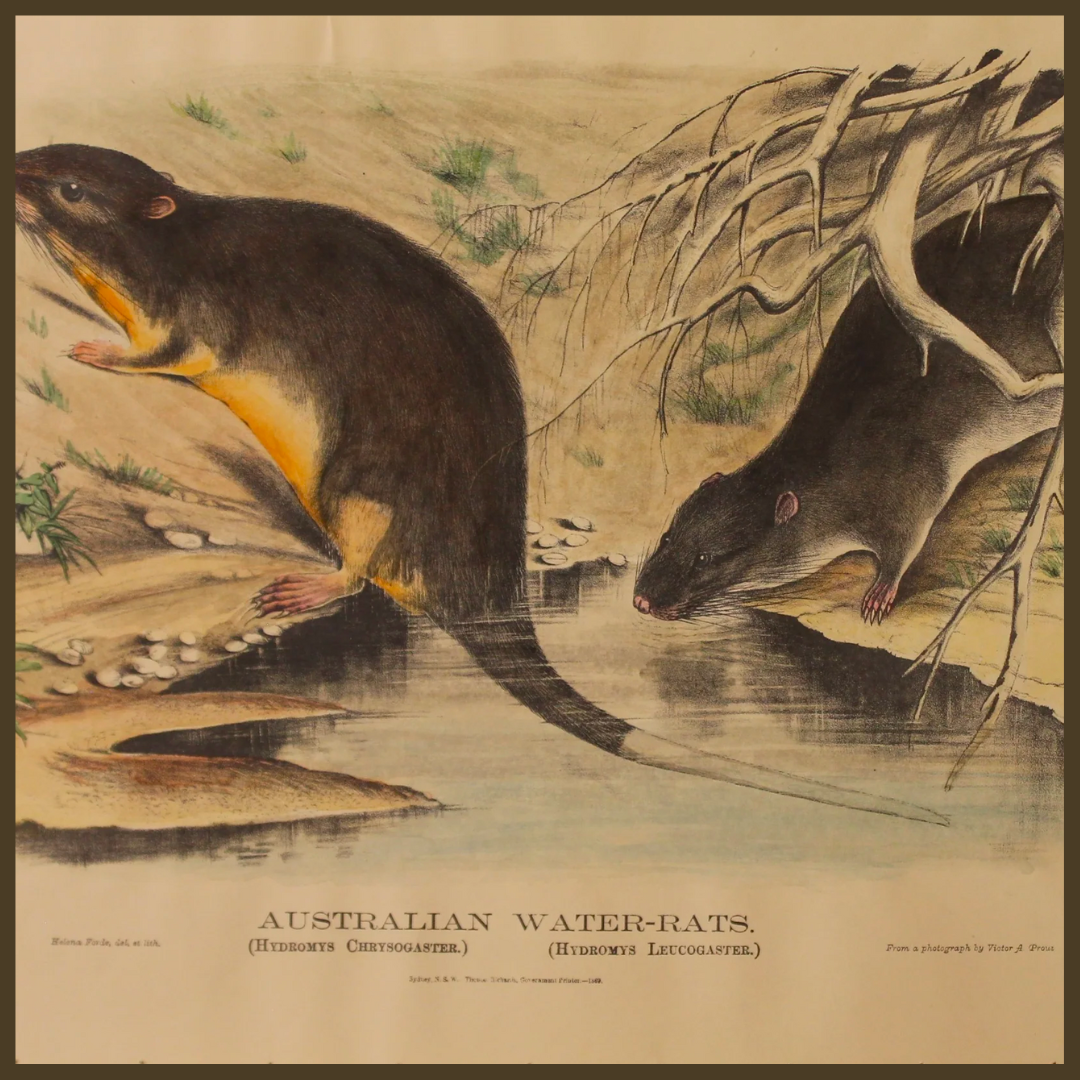
THE HISTORY OF SHOES IN THE 1920’s
Share
The most interesting thing about 1920s shoe history, was that shoes were actually visible.
Though the decades before, long garments covered up ladies’ shoes putting the style and decoration in the category of lingerie, a secret that only the wearer would know about.
That all changed once the hemlines began to rise, firstly above the ankles, and then rising to above the knee.
Now shoes were to be admired because they could be seen. Not only could they be matched to the style of the garment but also the season.
This caused clothing designers to make clothes with shoes in mind. They often became shoe designers, as well as dressmakers.
The most popular shoe of the roaring 20s was the pump with a modest 2inch (5cms) heel. Basic slip-on pumps, 18th century inspired colonial shoes, walking oxfords, and boots made up the other shoe styles.
For summer days and sporting activities, there were canvas flats, two-tone saddle shoes and the first canvas sneaker.
Young flappers made galoshes the fashionable boot to wear in winter.
The demand for new shoes in new styles every season made custom fit shoe ordering a thing of the past. Now shoes were made in standard sizes, ready to buy from your local clothing store or mail order catalogue.
This made shoe catalogues a necessity which is the source of these beautiful original 1920s French Shoe prints. The shoe industry exploded in the 1920s.
Original Antique French Society Shoe Prints
Shoe details in the 1920s
Shoe heels for daywear were sturdy “Louis” heels also called tango, curved, Spanish or vintage heels. They were about 2” (5cms) high. The curved heel went out of fashion in the mid1920s, being replaced by a much sturdier Cuban or military heel.
The one inch (2.5 cm) stocky Cuban heel were common on house shoes and walking shoes.
The toes were very pointed in the early years and followed the Edwardian shoe trend before rounding out in the mid-20s into the almond toe. They became almost square in the late 20s.
Most shoes were made of leather. Calfskin, kid, suede, lizard, alligator, python, and goat were the most popular. Both matte finish and shiny patent leather were equally as popular for daytime.
Evening shoes required heels that sparkled with a high sheen.
The look of these shoes
Colours for day shoes tended to be shades of black, brown, grey and beige which was called blonde. Two types of contrasting leather could be combined on the shoe body and straps to create unique patterns, colour blocking or texture blocking.
Buckles and buttons (fasteners) were covered in precious stone and metal sequins over diamante onyx (shiny black) bronze or pearl. Button covers made decorative plain shoes affordable to the poor.
As the decade progressed, straps became thinner and covered in precious stones or metal sequins. Cut outs on the sides, toes and straps added even more skin exposure.
“Strap Pump” shoes were the trendiest of the 20s shoes. Single strap shoes with the strap across the vamp were called ‘Strap Shoes “. There were also straps that criss-crossed in an X pattern or went straight across with 2- 4 thin straps. Small cut-outs on the sides that connected to the vamp were also common. All straps on society shoes were thin and even thinner as the decade progressed.
The pump with a single strap across the vamp was called a “Mary Jane” and was the most popular shoe of the roaring 20s. Fancy “flapper” models as well as practical low heeled comfort shoes and summer sandals appeared. Maids and servants were required to wear Mary Jane shoes with soft soles so as not to make a noise while carrying out their household duties.
The Mary Jane shoe is the easiest shoe to find today because it didn’t ever go out of style. What has been lost are the very decorative straps and buckles.
Shop Original Antique Shoe Prints
Lattice strap pumps were made of a wide band across the vamp with cut-outs all over, creating a latticed or stained glass window effect. Many were lace-up styles somewhere between a low heeled Oxford and a slip-on pump.
The most iconic strappy shoe was the Sally Pump, T-Strap, or T-Bar. It had one strap coming from the shoe to the vamp and another going across the vamp to create a “T” shape .
This style appeared briefly in the early 20s then came back in the late 20s followed by an enormous explosion in the 30s. The T strap allowed the shoe to fit snugly while showing off as much skin (under stockings) as possible. Women learned that they were perfect for a night of dancing.
For those 1920’s extra special Evening Shoes or Dancing Heels, women purchased shiny satin pumps. Black or white satin had the most shine and black patent leather pumps were the most versatile. High end evening dresses were sold with matching dyed satin shoes which could feature any colour in the fabric of the dress. Silver and gold painted pumps and strap heels were also popular at the end of the decade. The height of the heel was raised to almost 3 inches(7cms) and slimmed down to a “spike” heel.
Many shoe designers hand painted shoes in swirls of silver, gold, red and blue, inspired by Asian or Greek motifs. Rhinestones, sequins, or diamante were also added to many heels. The more “bling” the better.
Women had a choice of casual shoes of the 20s worn for daily wear around the house, or running errands. Heel heights were lowered, straps thickened and colours were more divers.
Oxford shoes were sturdy lace-ups and worn as every day shoes. They became more popular in the 30s when practicality became a trend. The 20s Oxfords were usually smooth leather with a cap toe. They laced up the vamp with eyelets and were tied with round cord or flat ribbon ties. Most oxfords featured the new rubber heel which made them very comfortable walking shoes.
Higher heels made oxfords look dressier especially with pretty ribbon tie laces and contrasting trim. They could be worn with day and afternoon dresses, or casual separates.
The sportiest version of Oxford shoes were made in 2 colours, such as brown and white or fawn, black and white or grey and white. In summer, all white leather could be replaced with all white canvas with patent leather, canvas or suede trim. As the decade progressed the two-toned Oxford became more and more ornate. Laces also contrasted with the trim.
Related Tag: Fashion Prints
*This article was adapted from vintagedancer.



